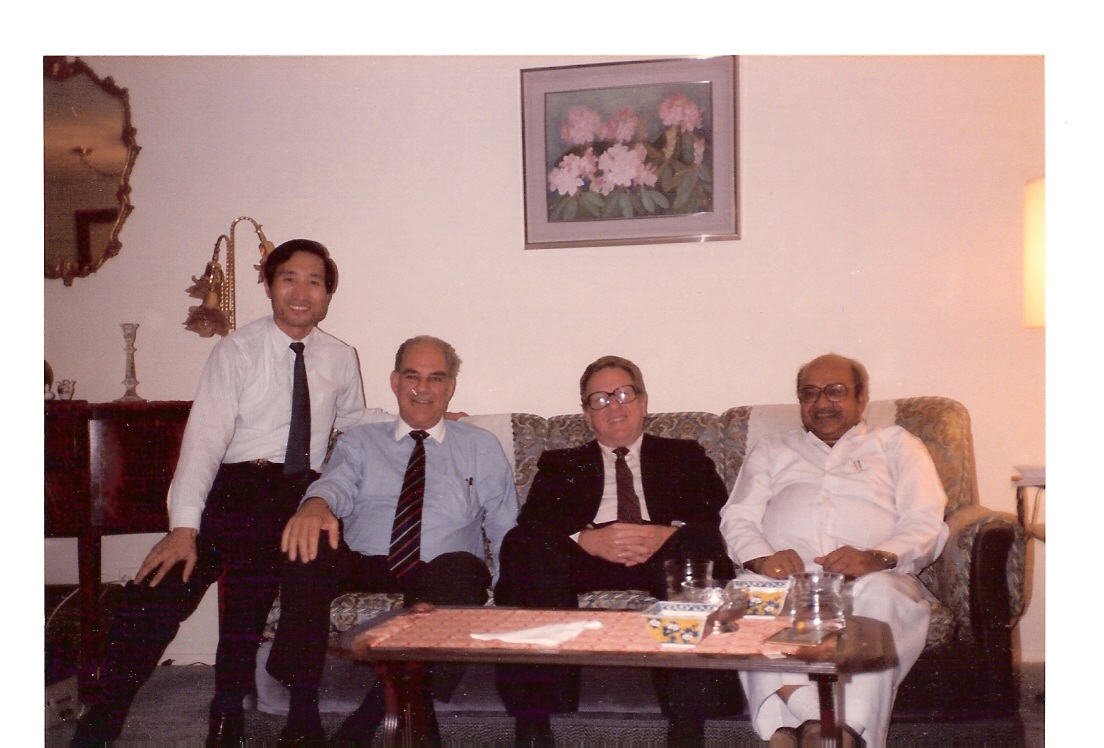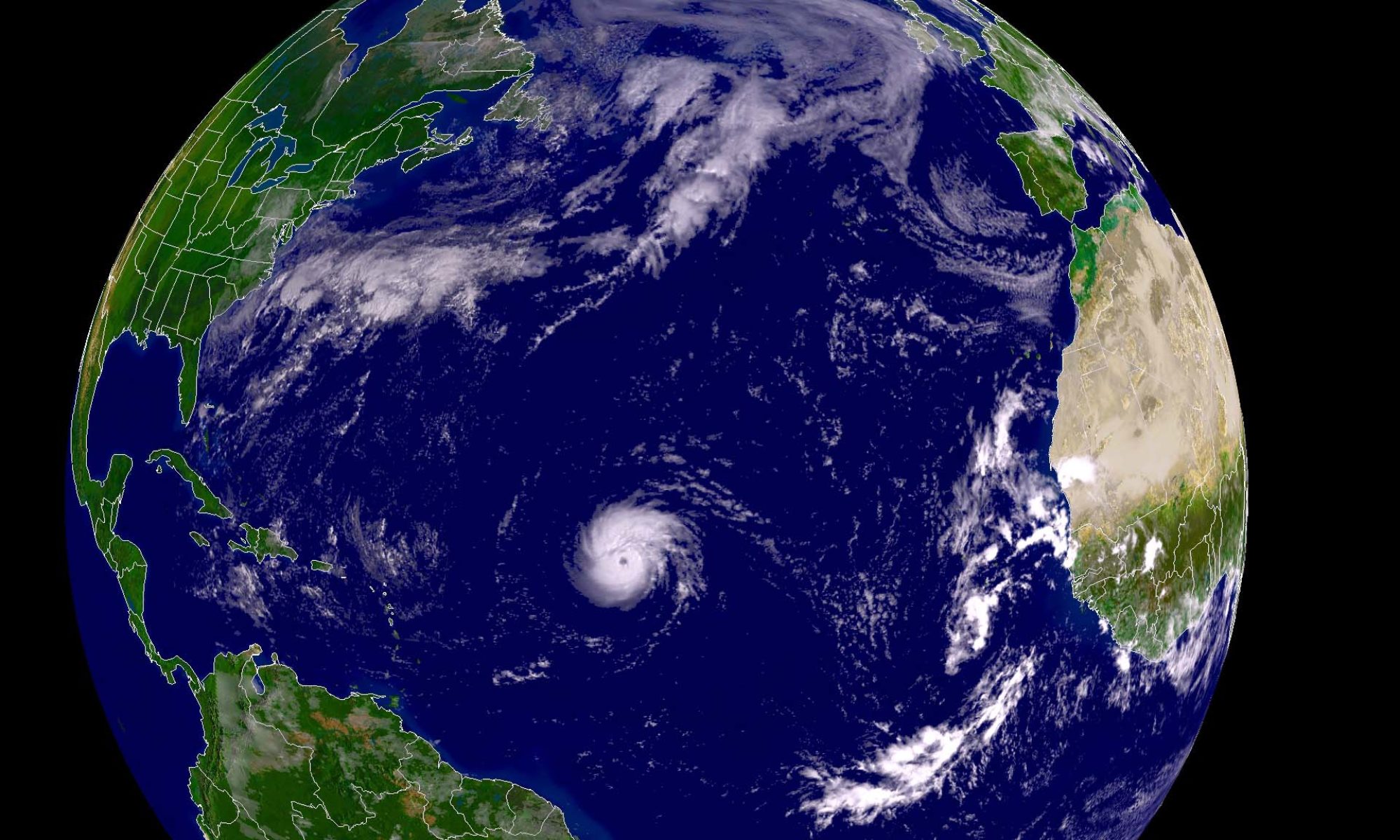Read in Japanese (日本語 )
by Akio Matsumura
The media coverage over the U.S. health care debate throughout the last month has been extraordinary. Put aside your thoughts on the outcome—the coverage helped viewers become more familiar with U.S. politicians and the U.S. political process. And many were left disappointed. The deep rift that splits American politics invites bitterness and disappointment at all levels.
As I have had the pleasure of meeting with so many politicians, in and out of the U.S., in my thirty five years at the UN and other international organizations, I would like to share my perspective on the potential power of our elected leaders. I think I can paint a more hopeful picture than the one we are witness to currently.

Politicians share a host of characteristics. First, their sensitivity to and engagement of broad population groups is important. It is why they are elected. Second, they promote ideas and opinions with a success that other sectors struggle to match. Their goals are threefold: to build consensus, foster action, and finally succeed with legislative implementation. Particularly impressive is their ability to transcend tough challenges—whether they are daily hurdles or national referendums. Here, I find their dynamic spirit of sympathy to be invaluable. Politicians can identify and sympathize with another person; bureaucrats find this very difficult.
My wife Maki and I had the great pleasure of welcoming so many political leaders to our small apartment in New York. Through these visits and long-lasting friendships I have been fortunate to glean many insights from the political world.… Continue reading


